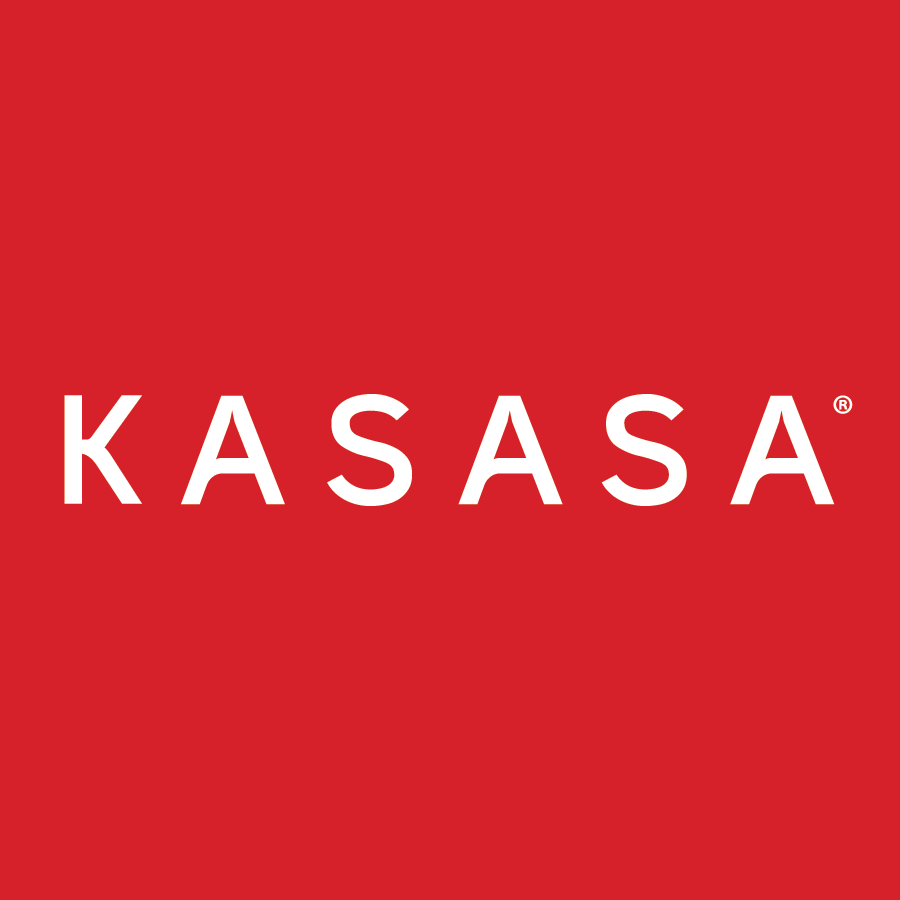
The COVID-19 pandemic has been disruptive to every industry in the world. Consumers have drastically changed the way they behave, leaving financial institutions struggling to identify and meet their needs during this time.
“Everybody's sort of scrambling for what's the right information to make decisions now,” says Keith Brannan, Kasasa’s Chief Marketing Officer.
Brannan and Salesforce’s Chief Growth Evangelist, Tiffani Bova, got together — digitally, of course — to discuss these changes and what financial institutions must do to serve consumers moving forward. Watch the entire conversation here or read on for our favorite insights and some enlightening clips.
1. Acknowledge that it’s hard to keep up.
Aside from those who were around for the Spanish Flu in 1918, this experience has been wholly unique for everyone. Every industry has had to take a hard look at the infrastructures they’ve put in place to serve consumers and ask if they were built to withstand an unexpected disruptor such as this.
“Consumers are more disruptive than technology could ever be,” says Bova. Why? Because they’ve been pushing for the changes that the past five months have required to remain in business for years.
With limited resources, not every company had the ability to give consumers what they wanted. Especially since the return on investment for things like customer experience can be hard to measure. However, while you might not be able to jump on every tech bandwagon, identifying and implementing the most crucial technology, like online account opening, is a good first step.
2. Rethink how YOU think people use tech.
Notions of older generations being tech-averse while younger generations eagerly scramble to their iPads are gone. Now, there’s a better way to categorize consumers than by generation. And that’s based on their relationship and comfort level with technology.
There are older people who work with technology all day and younger people who have resisted being online (and are fed up with the social distancing measures requiring them to attend school or work digitally).
So segmenting consumers into digital immigrant and digital native categories and then further dividing them by their interest and comfort level can be more useful in determining the best ways to market to them.
3. Use VITE to build your brand.
Salesforce research found that consumers were looking for four things when choosing a brand. The findings were pre-pandemic, but consumers’ focus on VITE (Values, Innovation, Trust, Experience) has only been amplified since.
- The Values of your financial institution can factor heavily into a consumer’s decision to open an account with you. Are you helping your community during this crisis? Do you have a mission and brand that aligns itself with service? And how are you demonstrating that right now in this critical time?
- Consumers also value Innovation more than ever. The companies and industries that are creating brand loyalists right now have sprung into action — not only utilizing the technology they have but innovating with new ones that can serve people better.
- Consumer Trust has changed its meaning. Although data security is still important, now health safety measures are just as valued. If your branches are starting to open up, have you put in the necessary precautions to keep people safe? That will go a long way in building a trusting relationship with them.
- A great consumer Experience could happen either in branch or online five months ago. That's changed now. It’s imperative you ask yourself if your institution offers a seamless digital journey. Can consumers open an account in just a few minutes, completely online? Are you using software like DocuSign to make the process frictionless and end-to-end?
4. Bridge the digital divide.
Will consumers go back to the way things were? It’s not likely. Calling this the “new normal” might be a stretch, but it has invited a new future.
In the beginning of this year, 85% of account openings were done in-branch across institutions. People who would normally do their banking in person have had to adapt and switch to digital. And that adaptation has created deep grooves in their behavior that aren’t likely to change once this is over.
In fact, when branches began shutting down at the end of March, 39% of people were still planning on opening a savings or checking account within the next 30 days.* And the digital experience they had during this time was crucial in turning them into loyal account holders.
This has been a dramatic habit-forming environment that will force community financial institutions to adapt as well. Follow in the footsteps of companies who have already innovated the customer experience with technology solutions or create something entirely new.
Either way, incorporating technology will be more important than ever (as companies like WebEx and Uber that sprang up after the financial crisis of 2008 showed).
5. Keep the U in human.
Serving consumers and protecting your back-end processes when employees can’t make it into work will require technology. But technology alone will not create meaningful relationships for your institution.
Human interaction and engagement will still be important in creating strong consumer relationships — even if the ways you achieve that engagement and interaction look a little bit different.
*Kasasa survey conducted online by The Harris Poll among 1,045 U.S. adults age 18+, March 2020. For more info on the survey, please contact catherine@williammills.com



